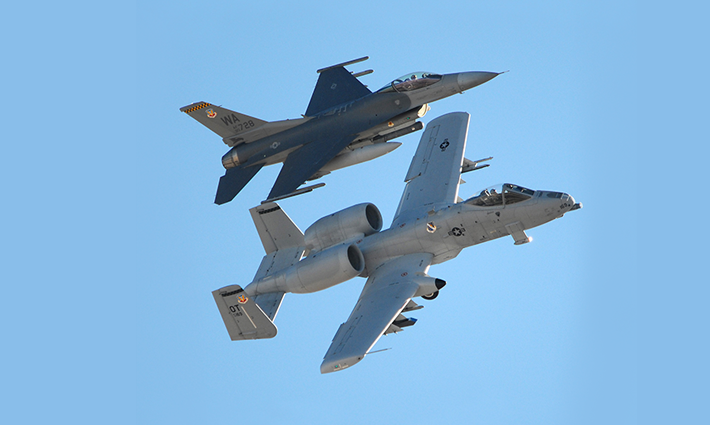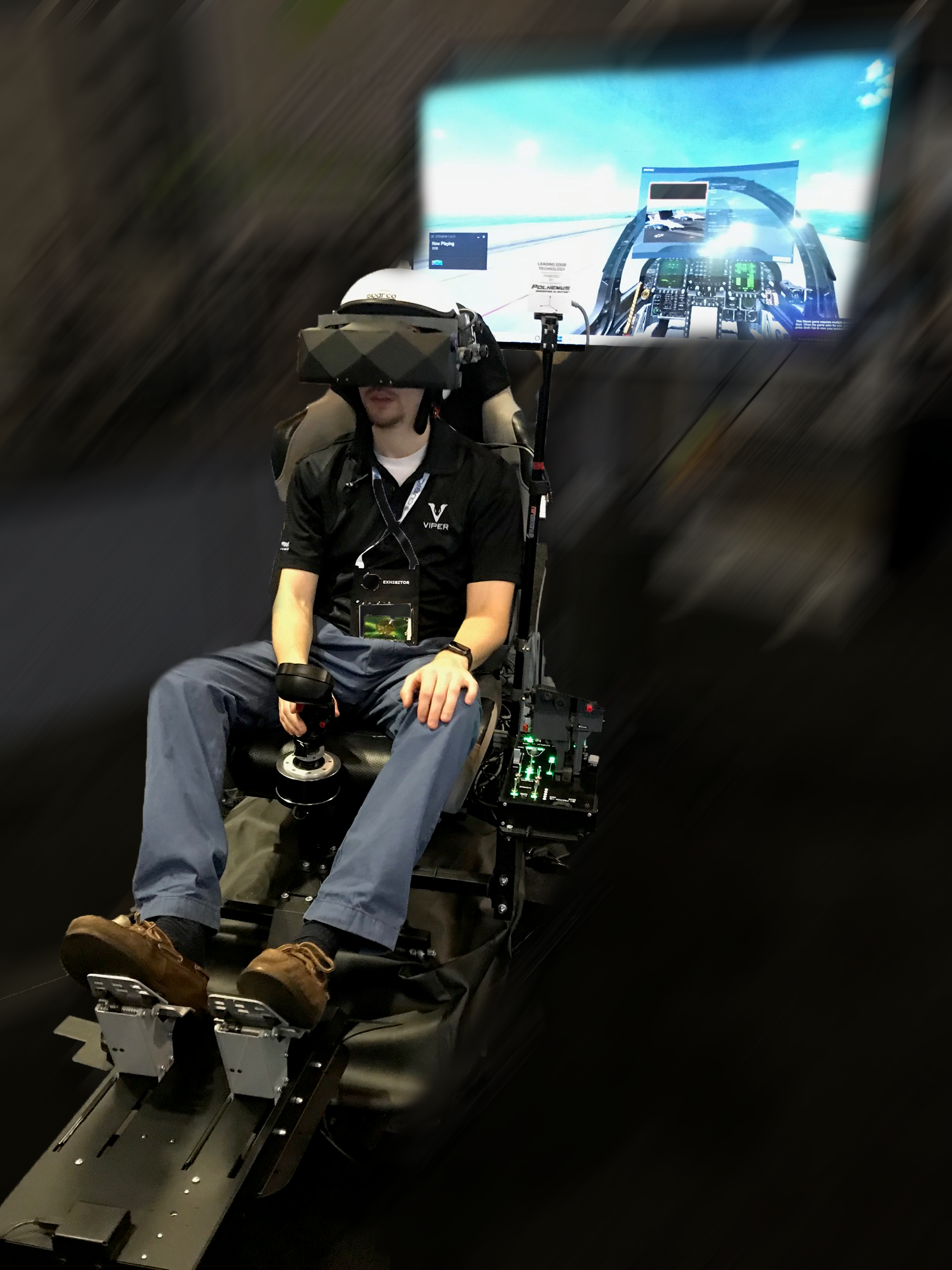Flight Simulation—High Fidelity Tracking Matters
Posted: August 31, 2020

By Brendan Grahn
With the release of Microsoft Flight Simulator 2020, flight simulation is garnering more attention than ever. For many, flight simulators are considered games to be enjoyed by enthusiasts at home, but flight simulation is used for much more than fun and games. It’s used as an integral part of a pilot’s training progression.
In fact, flight simulation has set such a standard for training that the model for using simulators before transitioning to the real thing has been heavily adopted across the healthcare industry. The difference between a gaming simulator and one that’s used in real pilot training comes down to the realism, and a big part of this is ultimately, the motion tracking technology used.
Practice Makes Perfect and Lowers Training Costs
Whether you’re training for your private pilot’s license or you’re in the military pilot pipeline, odds are you will fly at least a few hours in a simulator. Throughout the process of earning my Private Pilot’s License, I logged two hours in a high-fidelity, full motion, Cessna 172 simulator. I was able to practice everything from flying the traffic pattern, to landing and even emergency (engine-out) procedures. Flight simulators assist in training for specific scenarios, but also cover the basics and they lower costs by reducing live aircraft flight hours.
Flight Simulator Components
Flight simulators consist of two main components, the software and the hardware. The software provides the visuals and flight model of the aircraft. Products like X-Plane, Microsoft Flight Simulator, Prepar3d and DCS are used extensively across the civilian and military market. The hardware component encompasses peripherals such as joysticks, rudder pedals, interactive cockpit elements (instrumentation, panels, etc), virtual reality headsets and sometimes, even motion platforms.
Choosing the right kind of motion tracking technology can make or break a flight simulator.
When it comes to training the next generation of airline or military pilots, the absolute highest fidelity training simulators are required. For over 50 years, Polhemus motion tracking systems have been used in both live and simulated aircraft applications. Polhemus doesn’t make or sell flight simulators, but they’ve perfected the high-fidelity motion tracking that makes all the difference in a sim.
Polhemus tracking technology is preferred by pilots because it enables flight simulation that moves and feels like the real thing. Choosing the right kind of motion tracking technology can make or break a flight simulator. Whether you are tracking the precise position of a pilot’s head, or tracking their fine finger movements, Polhemus electromagnetic tracking systems are the #1 choice for flight simulation applications.
Flight Simulation. How It's Done
Example 1:
You have a cockpit within a projection dome, or in front of a large curved screen for your simulator. In order to augment the visuals to move ever so slightly, (as they would when a pilot moves their head or adjusts their perspective in a real cockpit), you need to know the position and orientation of their head in 3D space. To accomplish this, a Polhemus sensor can be placed on the head, a helmet or even a pair of glasses. When this is done, you can track the pilot’s head throughout their range of motion in the cockpit.
Example 2:
You are using a fully immersive virtual reality headset, but the fidelity of the optical or inertial tracking is not sufficient or perhaps not permissive to your training environment. You can place a Polhemus sensor on the headset, usually slightly offset, and now you have position and orientation data that can be used to augment the virtual image you are seeing through the headset.

This particular example is something done by headset companies like VRgineers, as a part of their highest realism simulator offerings (see photo).
As software and hardware components evolve over time, the value of flight simulators will be seen exponentially.
Ultimately, it is extremely important to match the real world as much as possible, as to not create bad behaviors or instill negative training value. Polhemus has provided, and will continue to provide the highest levels of motion tracking for flight simulators on the cutting edge.
Do you need motion tracking for your flight simulator?
Interested in pilot head tracking on live aircraft? Learn more here.

